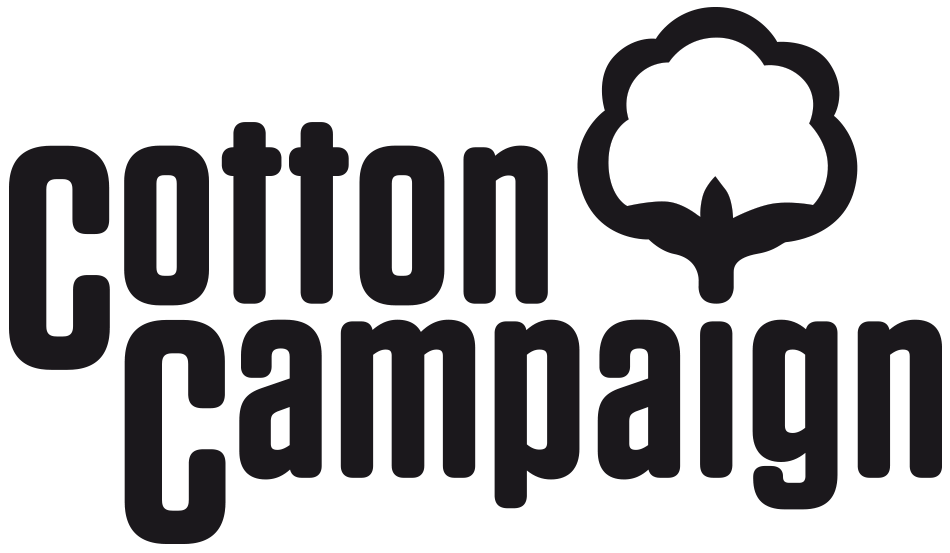“Uzbekistan: No Advancement,” concludes United States Labor Department
The U.S. Department of Labor reports forced labor and child labor remained entrenched in Uzbekistan’s cotton sector in 2013
(Washington) 8 October 2014: The U.S. Department of Labor concluded the Government of Uzbekistan maintained its system of forced labor of children and adults in the cotton sector, in its report 2013 Findings on the Worst Forms of Child Labor, released yesterday.
“Forced labor cotton production takes a heavy toll on Uzbek children,” saidUmida Niyazova, Director, Uzbek-German Forum for Human Rights. “Not only were older children mobilized en masse in 2013, but teachers and other public-sector workers were as well. As a result, children not sent to pick cotton had school canceled or sat in over-crowded classrooms in which a language teacher may be teaching science.”
In its chapter on Uzbekistan in 2013, the Labor Department report emphasizes the government’s complicity in systematic forced and child labor and recommends reforming the quota system to eradicate forced child labor. It notes that despite the presence of ILO observers, the Uzbek government mobilized children to pick cotton to meet government-mandated quotas during the 2013 cotton harvest. While acknowledging the efforts to keep children under age 15 out of the cotton fields, the Labor Department also cites U.S. Embassy and NGO reports that children as young as 10 picked cotton. The report raises concerns around the Uzbek government’s control of information, which prevents comprehensive monitoring, and the impacts of forced labor on children’s right to education. On the ILO monitoring mission during the 2013 cotton harvest, the Labor Department report observes that monitoring teams included government representatives, reported significant absenteeism in high schools, and may have underestimated the number of children picking cotton.
“The US DOL deserves a tremendous amount of credit for saying out loud what everyone in the international community has long known, the root cause of all child labor in the Uzbek cotton sector is the Uzbek government’s forced labor system for cotton production,” said Brian Campbell, Director of Legal Programs and Policy, International Labor Rights Forum.
The Labor Department publishes the Findings on the Worst Forms of Child Labor report annually, to inform the U.S. government whether countries are fulfilling commitments to eliminate the worst forms of child labor in order to be eligible for trade preferences.
The timing of the report release corresponds with the middle of the 2014 cotton harvest. The Uzbek government has continued to use its forced labor system of cotton production this year. The government continues to implement policies that subject farmers to forced labor, including the imposition of quotas and punishing farmers who do not fulfill them. Still in the position of working as government forced laborers, farmers are unable to hire field workers, so the government has continued its policy of mobilizing the forced labor of citizens. Its decision to prohibit the use of child labor has increased the burden on 18-year old college students, university students, public- and private-sector workers nationwide. It has also created a tension among local authorities, whose jobs depend on fulfilling quotas designated for their region and district. Now halfway through the harvest, authorities are using the same coercion to mobilize cotton pickers that has characterized all previous harvests in independent Uzbekistan, and the pressure to fulfill quotas has already trumped the ban on child labor in some cases.
“These findings reinforce the investment community’s serious concern about state-sponsored forced labor in Uzbekistan,” said Bennett Freeman, Senior Vice President for Sustainability Research and Policy, Calvert Investments. “The report presents a call to action to governments, companies and investors to use their leverage to urge the government of Uzbekistan to end the forced labor system of cotton production.”
